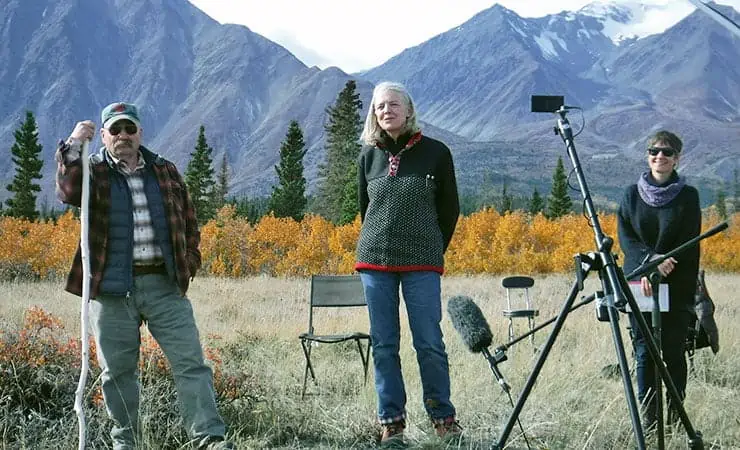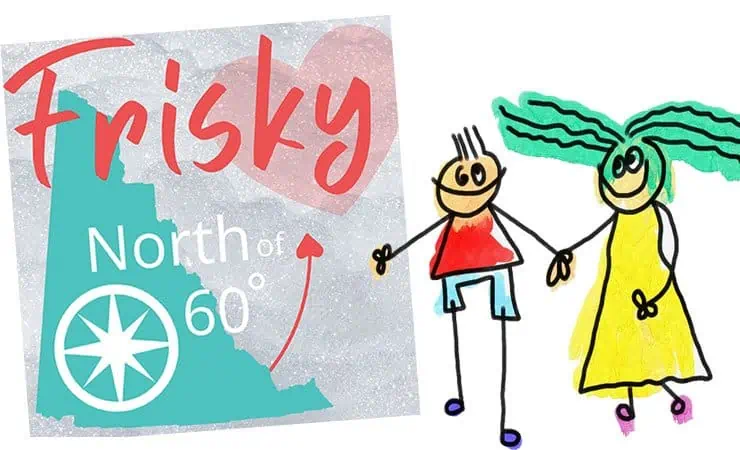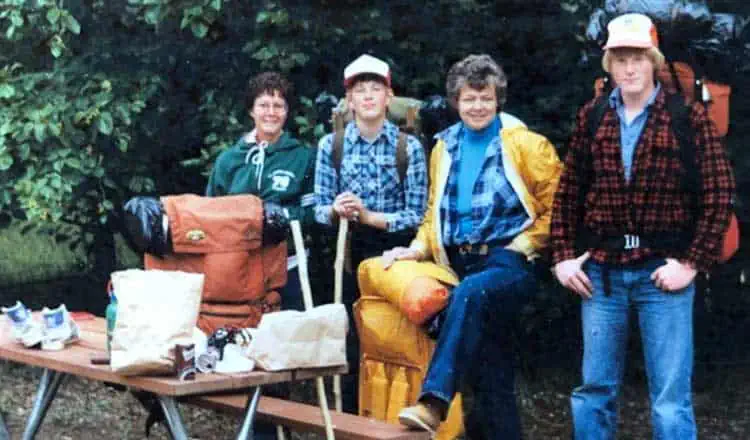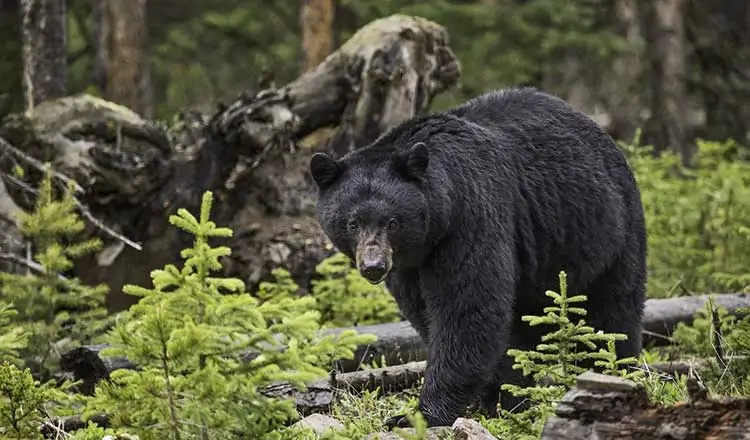Full disclosure: I haven’t exactly figured out the “fortune” part, but making podcasts can be a lot of fun!
As a budding writer with a sheaf of completed short stories in hand, I wondered about the next step. Then I met Terry Fallis, two-time winner of the Stephen Leacock Medal for Humour, when he visited Whitehorse. He made his unpublished works into podcasts where they were snapped up by book publishers. Well, that sounded cool. I know computers and have taught school students the miracles of manipulating music and noise with software. I could turn my stories into podcasts!
I discovered that podcasting can be really complex and expensive or really simple and cheap, all somewhat related to quality. I opted to start with simple and cheap and keep my options open. But podcasting anywhere on the quality spectrum still involves the same six steps.
[tabs slidertype=”top tabs”] [tabcontainer] [tabtext]Step 1: Content development[/tabtext] [tabtext]Step 2: Recording[/tabtext] [tabtext]Step 3: Editing and production[/tabtext] [tabtext]Step 4: Saving and tagging[/tabtext] [tabtext]Step 5: Uploading to the Internet[/tabtext] [tabtext]Step 6: Getting Apple Podcasts to take note[/tabtext] [/tabcontainer] [tabcontent] [tab]You need content for your podcasts. Mine was short stories, so my content turned out sort of like radio plays. Many other podcasts are like talk shows on a certain subject, or news reports for some specialized field. It’s really important that the content be your own. You can’t include Beatles music in your podcast because you don’t own the rights.[/tab] [tab] This is the area where things can get really complex and expensive. But just about every connected device these days has a built-in mic, which will do to get your content into the computer until you realize you want something better. I started out with a good-quality external USB mic that I used with school classes. For recording software, I use Audacity, which is free for the download on PC and Mac. Then you need a quiet place away from barking dogs and ceiling fans. Try early morning with the windows closed.[/tab] [tab]The same software used for recording often works for editing too. Basic sound editing is like basic document editing. You can cut and paste (remove snorts and move sounds around), do a few useful effects (fade in and fade out) and add headers/footers. (Standard intros and exits.) This can be as simple, or as complex as you want and it gets easier with practice. Sure, a radio play can be really complicated. But it doesn’t have to be, depending on where you are on the podcasting scale of evolution. Basic editing with one reader, one mic and coconut shells for the sound of galloping horses might do the trick.[/tab] [tab]Saving an edited file as .mp3 from the editing software is not a big deal after setting a few technical options. When you listen to an .mp3 file, whether it’s music or a podcast, the playback device usually displays at least the artist’s name and the name of the track. That info is hidden in the .mp3 file as tags. (Meta data.) Tagging an .mp3 is fairly simple with free software such as Mp3tag.[/tab] [tab]A podcast has to live on the Internet somewhere so that people can listen to it or download it. Apple Podcasts does NOT store podcasts on the Apple site; it just indexes them and provides links to where they are actually stored. If you already have a website and know how to put content on it, you’re most of the way there. (But more below!)[/tab] [tab]Getting your podcast listed by Apple or other podcast service is a matter of providing them info about the podcast series. This requires two pieces of info on your website in addition to the .mp3 podcast files themselves. The first is a graphics image that gets displayed alongside your podcasts. You only have to figure this out once per series. The second is an “RSS feed,” which is a text file in XML format. If that sounds like GeekGreek, don’t worry. That file has one section to describe the series (i.e. series title, author, overview description, name of graphic image) and one section for each episode (i.e. episode title, episode synopsis), as many as there are. Setting this up can be a bit of a chore but there are ways of testing before going live. Once the first episode is working, adding another episode means simply copy/pasting the structure from the previous episode and changing the corresponding info including new title and new synopsis.[/tab] [/tabcontent] [/tabs]
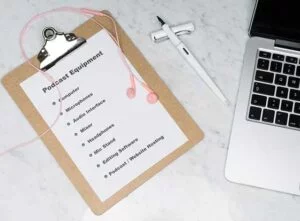
Free software
Audacity audio recording and editing software
https://www.audacityteam.org/
Mp3tag meta data tagging software
https://www.mp3tag.de/en/
Some Yukon podcasts by Yukoners
Vuntut Gwitchin Stories
Honouring age-old storytelling traditions and Indigenous language revitalization from Yukon’s Vuntut Gwitchin
https://vuntutstories.ca/
Yukon, On the Marge
Short stories from the fictional Walnut Crescent Bed and Breakfast in Whitehorse
https://timmit.ca/podcasts/
Smells like Yukon
“The Yukon’s most podcastiest podcasters podcast the hell out of podworthy Yukon stories”
https://smellslikeyukon.podbean.com/
Aurore of the Yukon
Historical youth adventure novel set in the Klondike Gold Rush
https://www.keithhalliday.com/
Walking our Path Together
Yukon College’s reconciliation journey
https://ourpath.yukoncollege.yk.ca/
Are there others?

